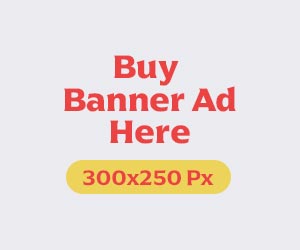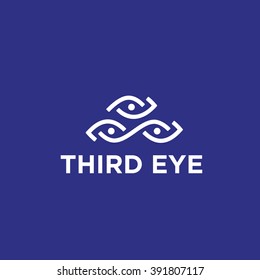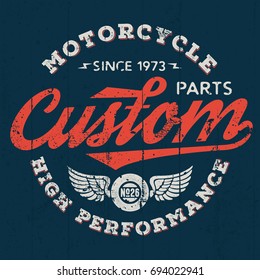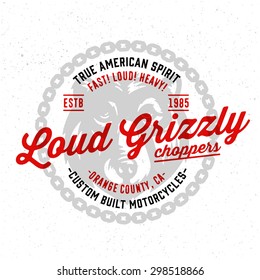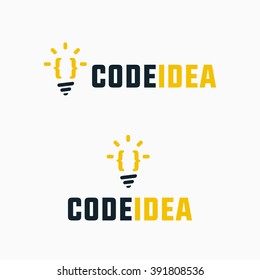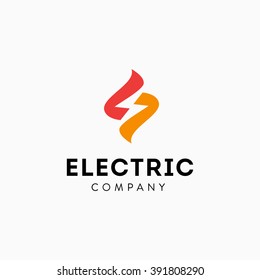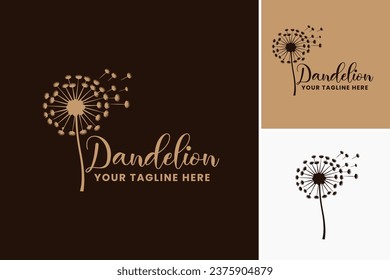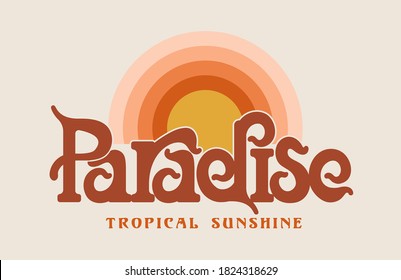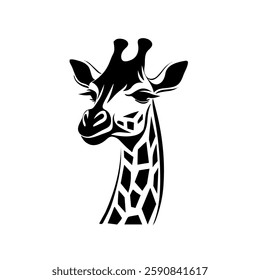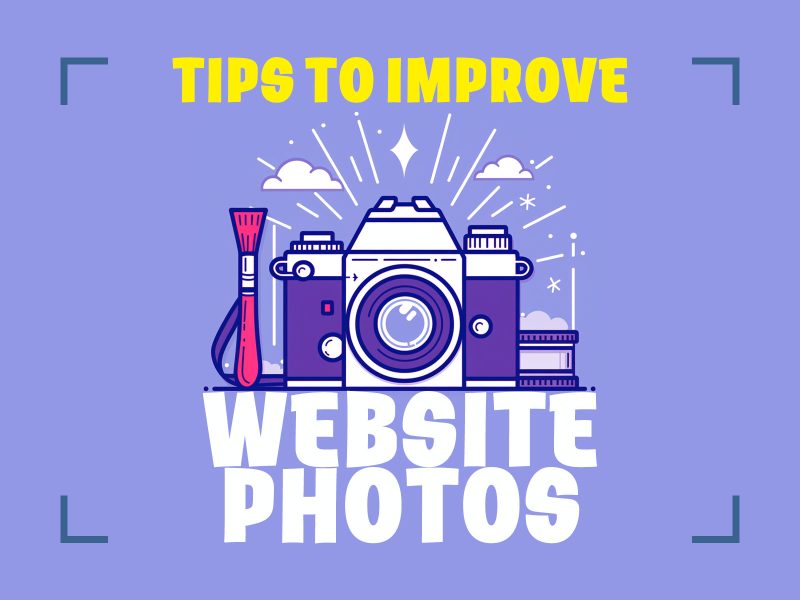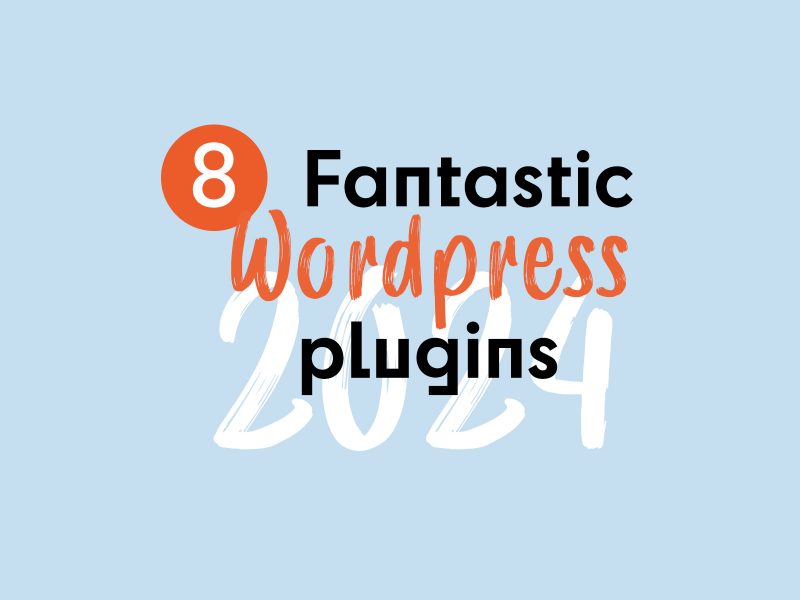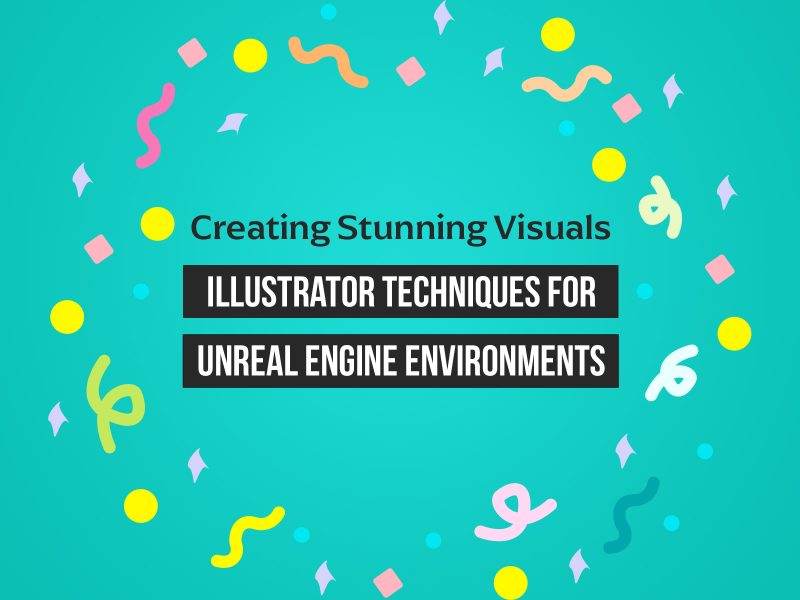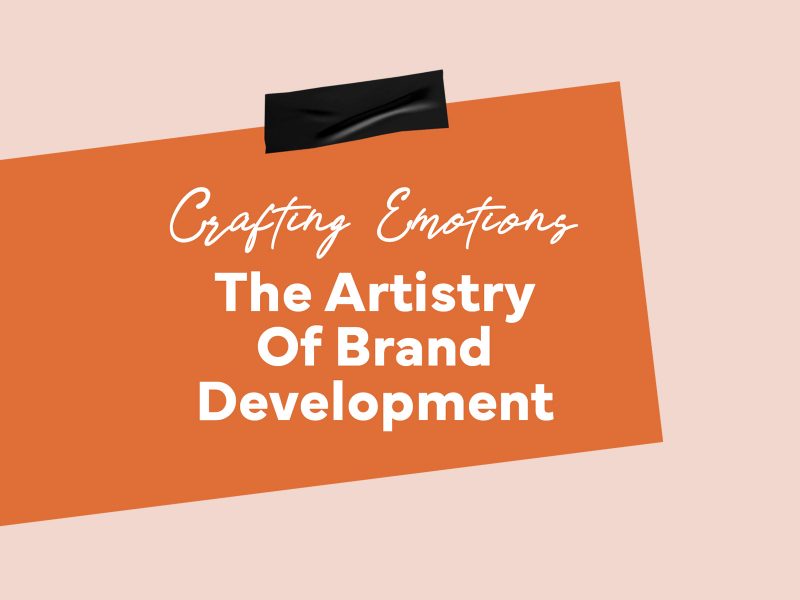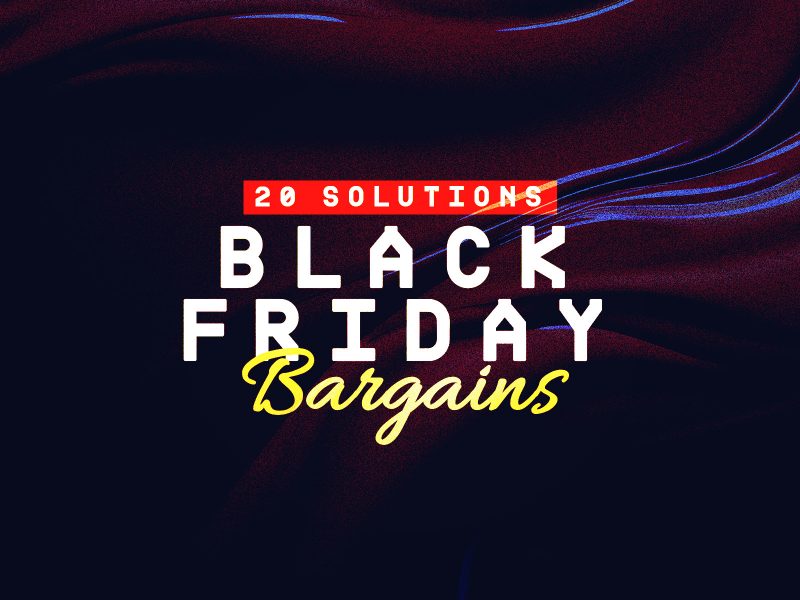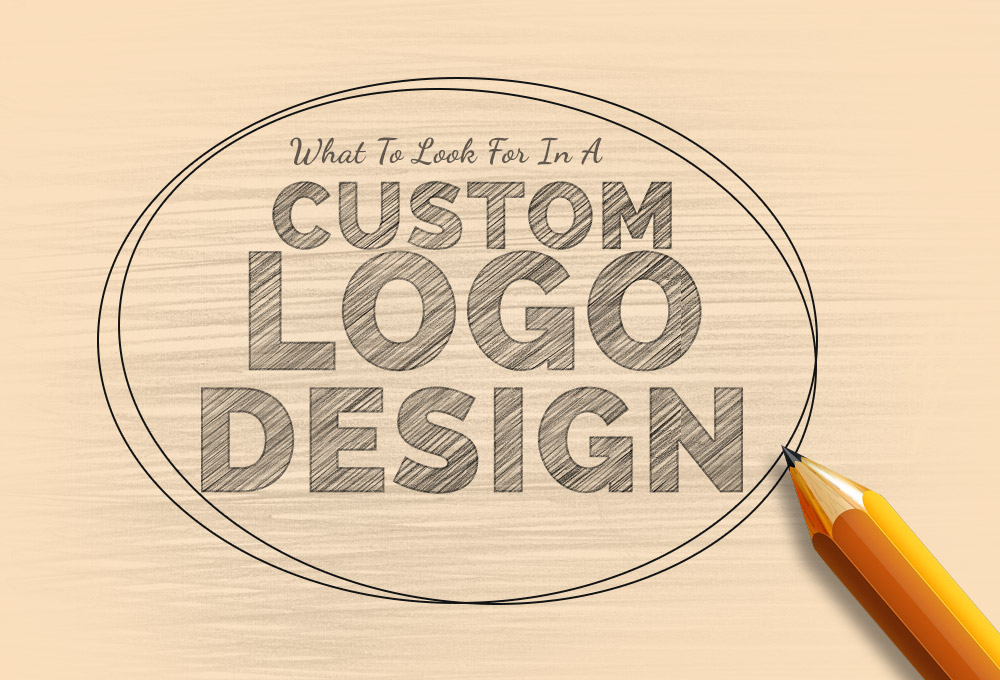
The options for a custom logo might seem endless, but there are a few basic moves that can start you out on the right path. The first is evaluate your own identity as a brand, think about what message you want to convey to your customers, and then figure out how to translate that sentiment into a visually legible image. Here are a few pointers about how to hone in on what kind of custom logo design is right for you.
Defining a Logo
Understanding how a logo functions within your marketing plan and brand is essential to developing the right one.
Just Creative splits the elements that comprise an effective marketing structure into three categories:
- Brand defines the corporate image as a whole
- Identity is a visual element that puts across the overall brand
- Logo is a simple identifier akin to an icon or a stamp
Therefore, when you’re putting your logo on something, you should think of it as stamping your signature onto content. By answering these simple questions, you can start to formulate an idea of what type of logo will work best for you and effectively communicates your vision. Once you have a few solid ideas, you can then proceed to the next step which is hopping online and enlisting the services of a design site that offers a user friendly interface for companies in the process of building a custom logo.
Keep Your Logo Updated
You’ll need a current logo that looks contemporary and fits in with today’s trends. Whether you hire an independent designer or use Custom Logo Design By Designhill, you ultimately have to be the final judge, so start by doing a little research about what’s in the here and now in terms of graphic design.
For example, Business Insider ranked its top 10 corporate logo changes for last year, pinning Equinox Fitness Clubs in seventh place. One of the improvements noted about this logo was stripping down and removing the bulky, graphic elements and switching over to a sleeker aesthetic that focused on a spare font face. Business Insider also notes that the logo looks much better on the company's notorious and provocative advertisements. A good reason to change a logo is if the update reflects the brand more effectively, and matches new marketing strategies. Bringing your logo up to speed with the evolution of your brand is important, and prevents it from getting stale.
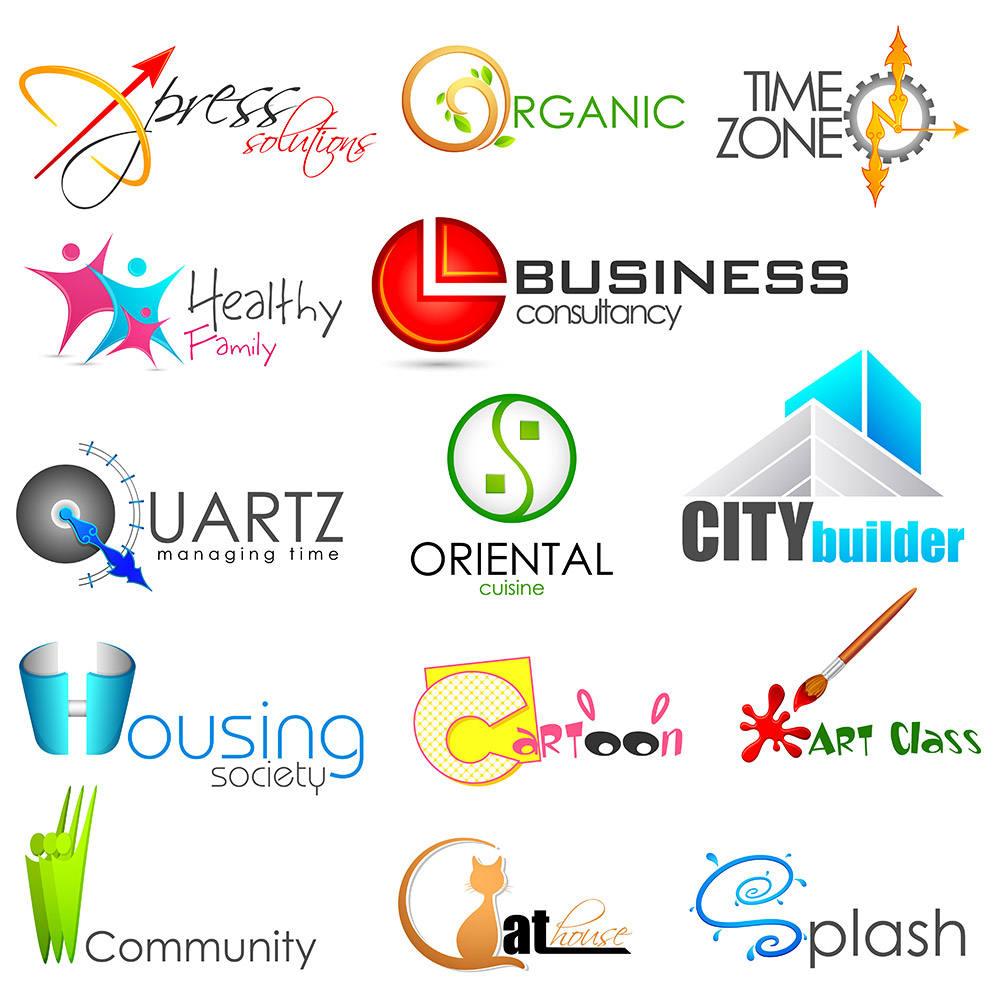
Take a Cue from the Big Boys
Last year, a behemoth of a brand redesigned its logo. The Disney Channel revealed its new pared down logo in 2014, described by Creative Bloq as a dramatically simplified style with graphical elements removed, save a reference to the iconic Mickey Mouse ears which has dominated the logo for decades. They also noted that the word “channel” has been adapted to appear more casual and accessible, connecting with Walt Disney’s signature which has been the foundation of Disney’s branding since the early 20th century.
While your company may not be in the entertainment industry, the important part of this lesson is to incorporate expertise about current trends in graphic design from such expert sources as Designhill, where cutting edge graphic designers share ideas. Don’t lean too heavily on the “tried and true” approach, because the last thing you want in a custom logo is to look dated. It turns customers off and can actually make you seem less trustworthy. Keep it simple but current.
An Aesthetic True to Your Own Taste
Once you have the basics down, you’ve got a good foundation to build on and solid knowledge about what’s contemporary and effective. However, one of the most important aspects of making a final decision about a custom logo is that it falls in line with your own aesthetic tastes. Think about whether you’d be comfortable stamping your new logo onto your social media accounts, or embossing it onto a business card. Although the logo doesn’t do the same jobs as the branding or identity markers, its role is just as important. If you’re not happy with your own logo, then it’s not going to work no matter how brilliant it is. You need to have faith and approve of the logo on your own company. If you approve of your logo and feel it properly represents what your company is all about, then chances are you’ve been successful in achieving a custom logo that’s going to work well for you.
Custom logos these days no longer have to center around the arduous task of enlisting a designer to present you with a selection of ideas, only to have you reject all of them and start from scratch. With a little research and guidance, you can easily learn the basics and know what to look for to create a logo with which you’ll be happy in the long run.


